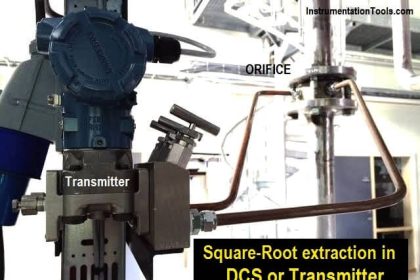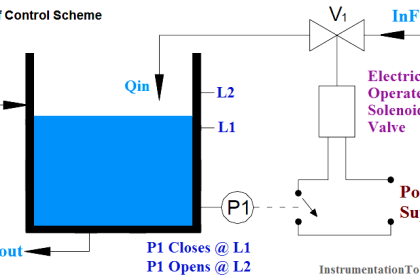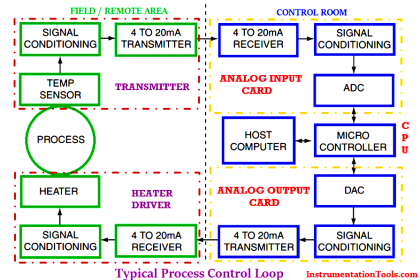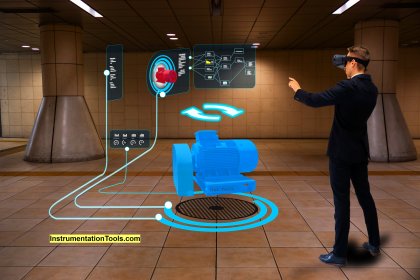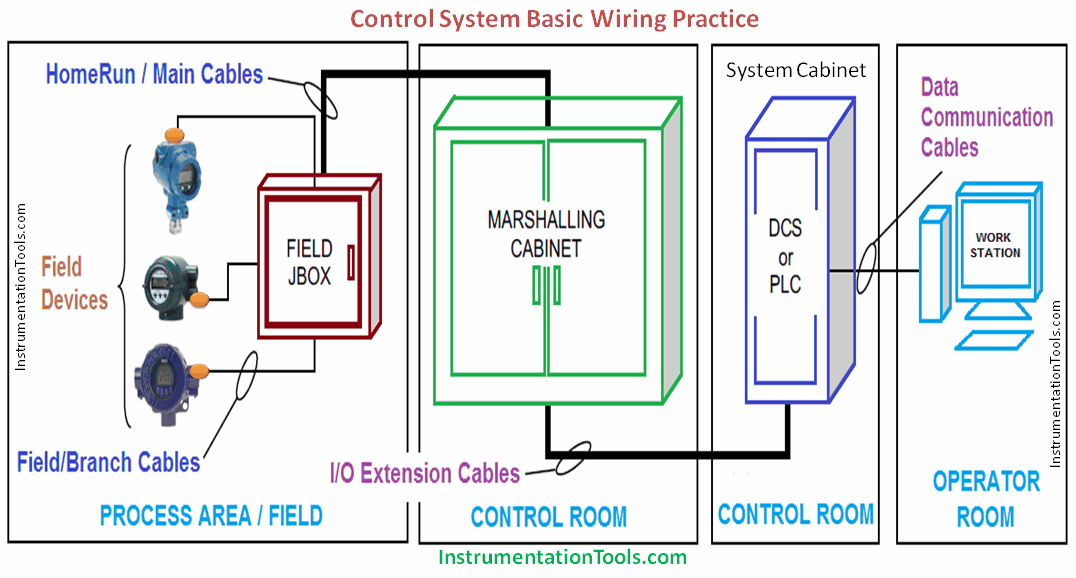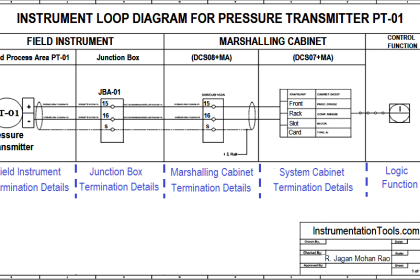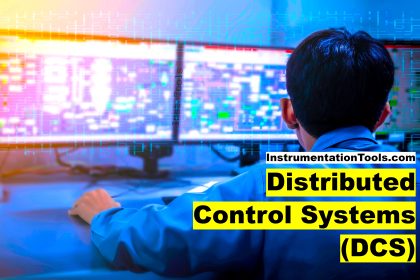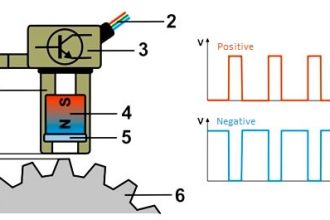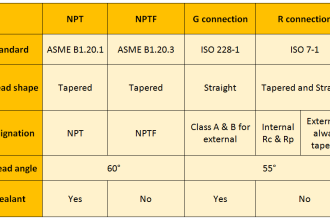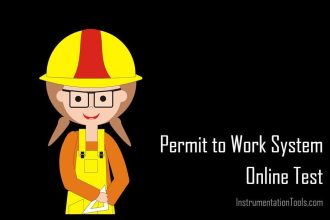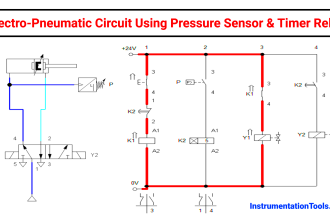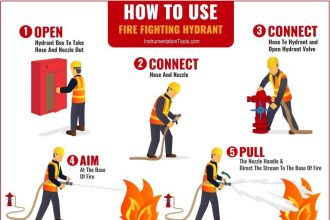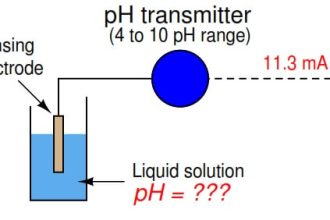Traditionally, the most used IT languages in industrial automation software have been C++, VB or Java. They have been around for years. But, in recent times, one language has stood upon all of them; it is Python.
By far, Python language has been the most popular language of all the other IT languages in industrial automation. The Python language is holding a front foot in Industry 4.0 or IoT. So, what is all about this language that is making it a hot stuff? In this post, we will see the use of Python language in industrial automation.
What is the Python language?
Python is a high-level programming language which finds it’s base in IT or information technology. Similar to C++, Java and VB, we have to write it in text format, with it’s syntax different from other languages.
Python is the simplest and fastest growing language which is used by many software engineers, mathematicians, data analysts, scientists, and network engineers. So, python finds it’s applications in many diverse areas. If you are doing some task daily which is repetitive and takes too much time in a software, then implementing this language helps reduce the task in a drastic way due to ease in coding. Due to this, it is used in a vast variety of applications like data analysis, machine learning, artificial intelligence, automation, mobile apps, desktop apps, and web apps.
Python language is not compiled as done in other languages but is instead interpreted by an interpreter in the software. Because compilation time is eliminated in this language, the tool acts fast and is easy to debug. The language is cheaper to learn and a special programmer is not required to write this language; a normal person with some basic coding skills can write a program in this language.
There is an official website for Python language – www.python.org, which can be used for learning the codes and most interestingly, downloading its free software on your PC. Once installed, you can write and compile the codes. This shows how easy it is to learn and implement the Python language. Compared to other languages, python language consumes less amount of lines and words in its syntax. This makes the program easier to understand.
Python in Industrial Automation
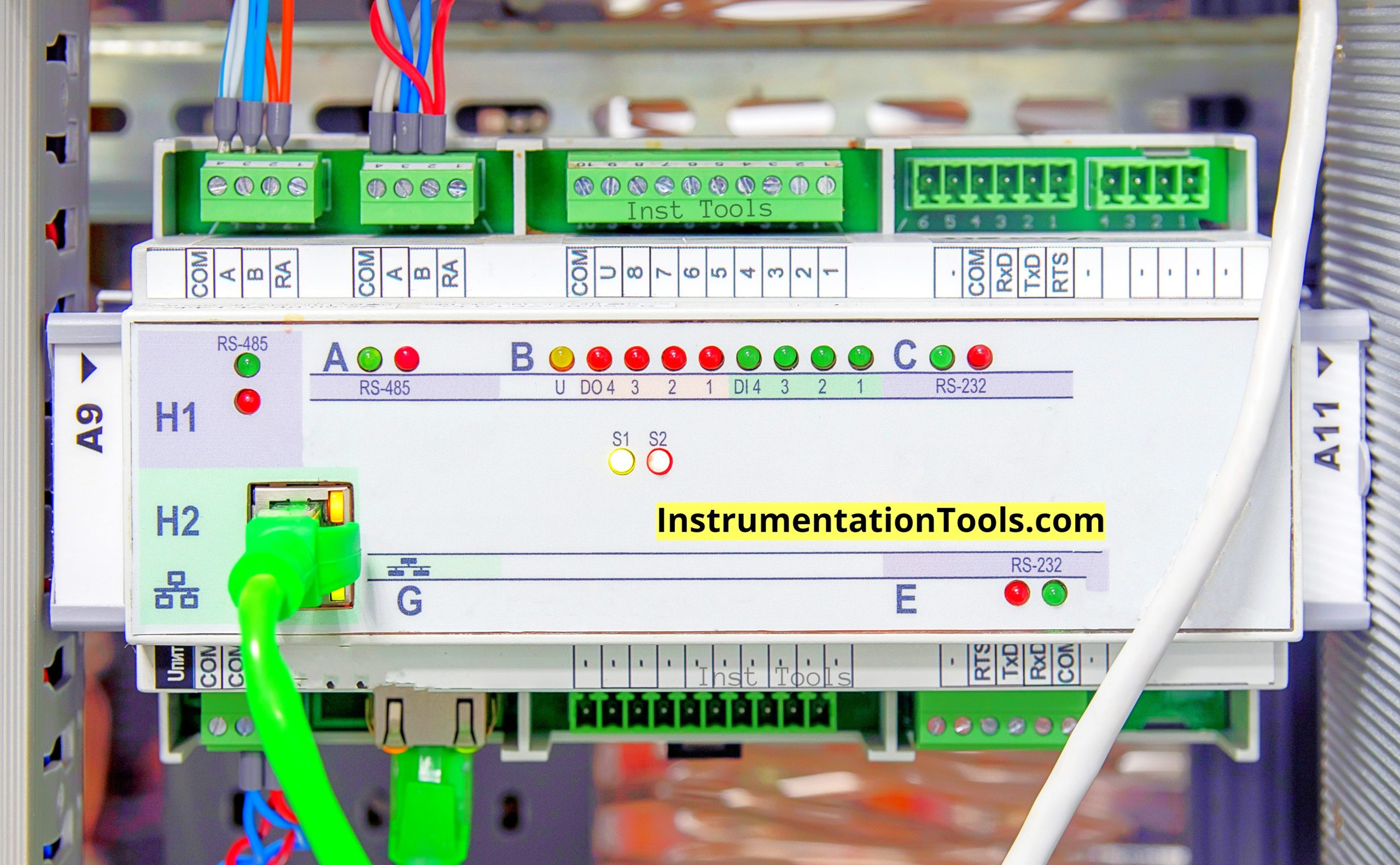
Now that we have seen what Python is, let us see some areas of applications in industrial automation where this language is used:
Python has various built-in libraries in it for data processing and calculations like NumPy, SciPy, or Pandas. Using them, you can write codes to communicate with various field instruments, sensors, and actuators. As we know, coding is not done for hardware signals like 4-20 mA or 0-10 V; but for communication soft protocols like Modbus, Ethernet, Fieldbus and Can Open. If these protocols are supported in both the ends – device and your controller, you can write codes for fetching or writing data with respect to the instruments. Then, the libraries mentioned above can be used for further data processing and complex calculations, reducing engineering time to a great extent.
Due to its strong coding syntax support, python finds a big role in machine learning and artificial intelligence. Many famous frameworks and cloud platforms in today’s times like AWS Sagemaker, PyTorch, and Google Tensorflow use this language for writing programs where data from level 1 automation platforms is fetched into clouds and then written for training various high-level machines and robots to do the primary tasks.
Python is used for vision learning and automation. In recent times, motion cameras have found a new role where they capture objects on cameras and process the image to tell the PLC whether it is correct or not. The PLC interfaces and communicates with them for various types of further controls. To enhance it further, we can write the codes in Python language using libraries like OpenCV to make the processing faster. Due to this, the machine can quickly identify products, perform quality assurance checks, and understand the work in a detailed manner.
Using Python libraries like Plotly, Dash, or Matplotlib, we can write codes for making SCADA and other graphical screens a great display. Where complex visualization is seen, python reduces the engineering time and you can make such complex visualizations with ease. This makes the system user-friendly to use. You can easily create dashboards and smart navigation for making operations hectic-free.
Warehouse automation is an area where this language is used widely, for making autonomous vehicles move smoothly and do not cause any untoward accidents. Because it is a critical area and requires swift action, python will make the system easy to use.
In this way, we saw the use of Python in industrial automation.
Read Next:
- Ladder Logic MCQ Questions and Answers
- Tanks Draining Control in PLC Programming
- Intrinsically Safe Barriers Questions and Answers
- PLC Techniques for I/O Mapping Procedures
- PLC FBD Example for Tank Liquid Heating Logic
